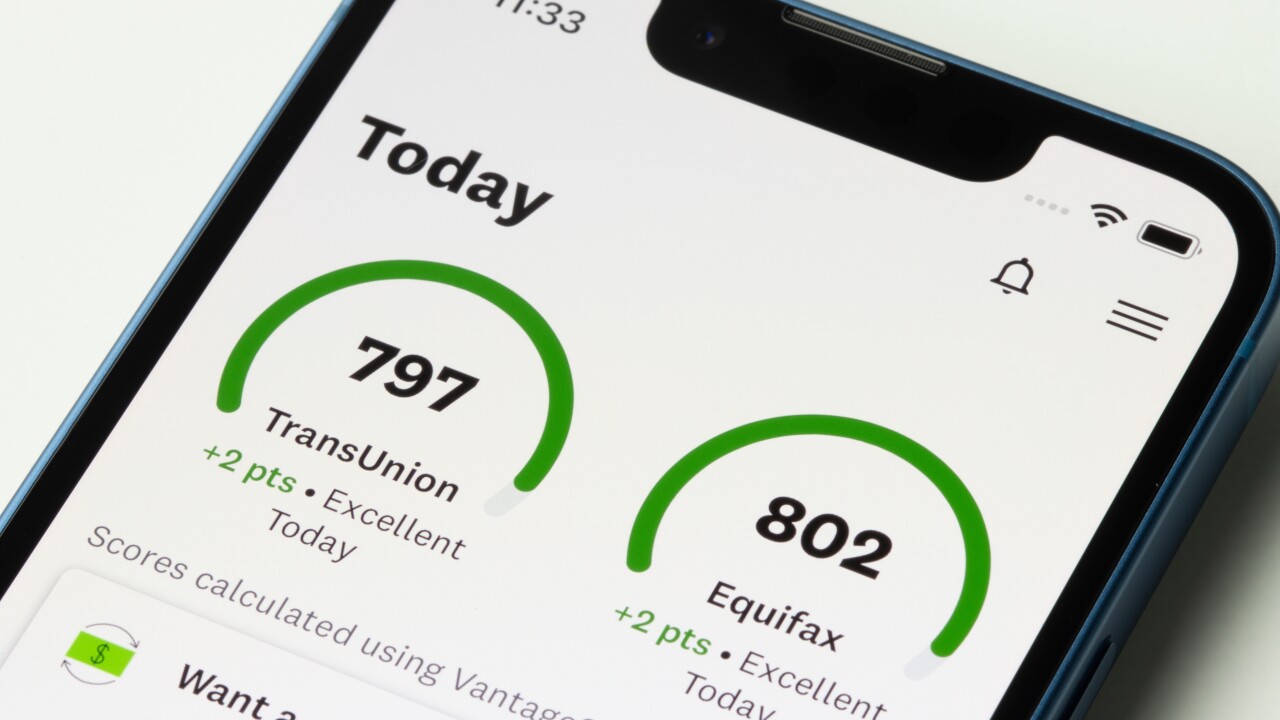For the past few months rumors have been circulating around the industry about a hedge fund or two - or an investment banking firm, perhaps - working on a plan to enter the jumbo securitization market. Well, we finally have a name. PrinceRidge Group, a broker/dealer, founded by two Wall Street veterans, is in the laboratory, working on a plan to either issue bonds backed by newly originated jumbo loans or hold them in a special investment fund.
The need, to say the least, is there. But will it come off? That's a different matter. Kimberly Brown, who's heading the effort for PRG, wasn't keen to talk about it, but certain mortgage officials familiar with the effort have been briefed on the plan.
The way things stand now, PRG hopes to have a program in place within 90 to 120 days, said one advisor who didn't want his name disclosed. "They're looking to do a couple of hundred million a month," he said, "and if all goes well they'll ramp it up from there." The big question for investors is whether what PRG is working on will actually result in newly issued "private label" MBS, helping revive a market that has been dead for 18 months. Lew Ranieri, the co-inventor of the MBS, noted that a key hurdle will be obtaining bond insurance. "They'll need some type of coverage," he said.
Of course, the bond insurance industry isn't in the best shape these days with two of its biggest guarantors, MBIA and Ambac, on shaky ground financially. (Some market players insist that GEMICO or even MGIC might be able to provide pool or some other type of insurance.)
As for creating a security, the key to getting any "private label" deal through the system is making sure the bond is overcollateralized. But if an issuer spends too much money on insurance or other credit enhancements, it will eat into profitability.
A Florida hedge fund manager I know who worked on Wall Street said his firm has been looking at the jumbo market for several months. "We've had various discussions about getting in," he said. "The way things stand right now we're about 50 basis points away from being profitable by entering. We're not there yet, but that could change."
When I asked him what the key barrier was he didn't hesitate: "Structuring the thing and getting the ratings on it."
Before the credit crisis, jumbo loans were actively securitized and the rates offered to consumers were on par with those charged for Fannie Mae and Freddie Mac loans. Today, with no secondary market available for any loan above the Fannie/Freddie cap of $729,750, credit for jumbo customers is tight, even nonexistent in some areas.
The market appears to be dominated by the nation's mega-banks: Bank of America, Wells Fargo and Chase with certain regional banks willing to fund jumbos to their "high net worth" customers. Because the loans cannot be sold into the secondary market, they remain on the balance sheet of the originator.
As for underwriting standards, the guidelines on these products can be drum-tight with most originators requiring at least 20% down while requiring borrowers to have 12 months of mortgage payments set aside in a separate account.
Jess Lederman, a SVP and chief credit officer for Kinecta Federal Credit Union of California, calls the PRG project "interesting" - and inevitable. "It's going to happen," he said. "It's just a matter of time." (Kinecta is an a jumbo funder in Southern California.)
If PRG is successful in the jumbo space, it likely will spur other jumbo entrants, increasing liquidity - which would be a boon to home sales above the Fannie/Freddie limit. "I'm really surprised we haven't seen this sooner," said Craig Cole, SVP at Union Bank, San Francisco. "The need has been there, but no one has stepped forward."





